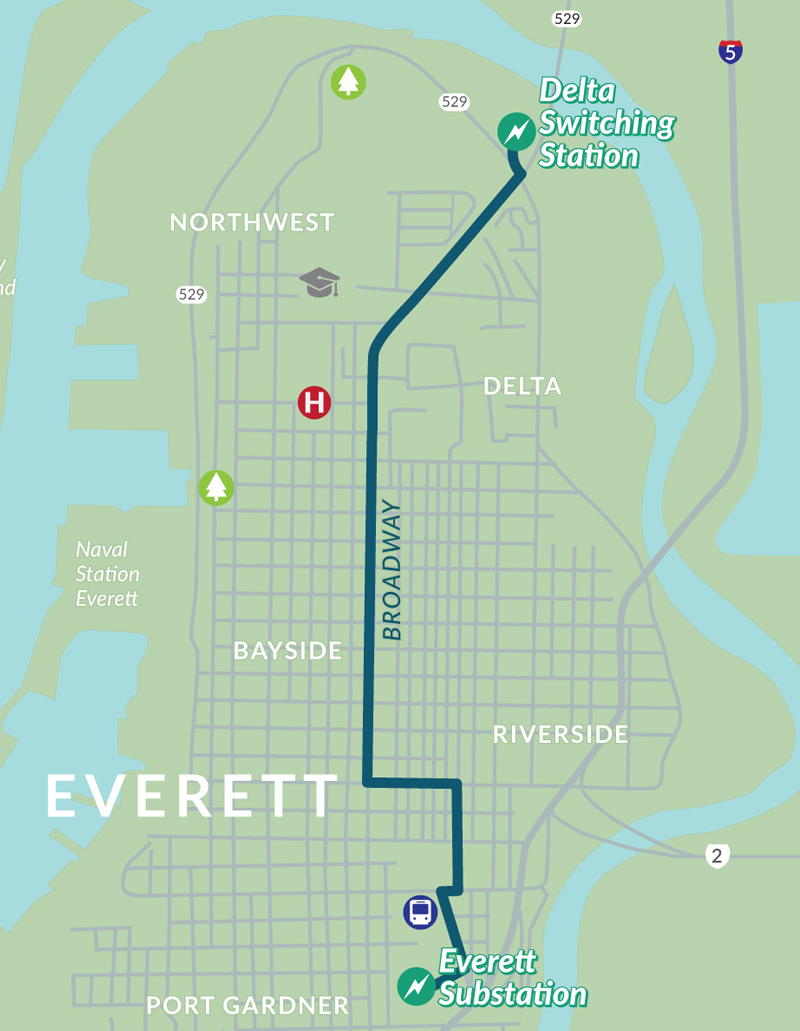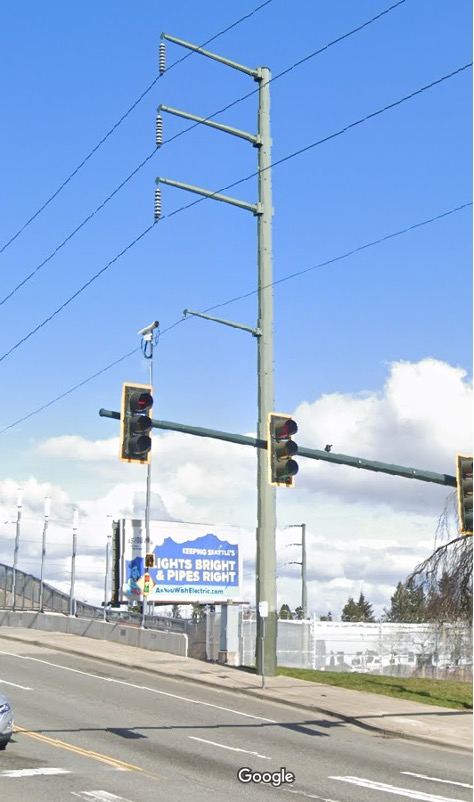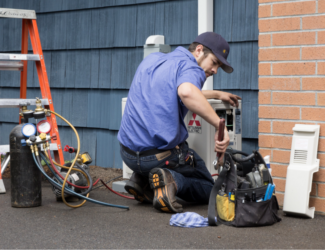
Thank you to all the customers who attended our Open Houses in May of 2025 to learn more about this project! For news and updates, use the button below:
Sign up for email updates on this project >
Everett to Delta 115-kV Transmission Project
 The new line will support increasing electrical demand in the northern regions of the PUD’s service territory. It will also provide increased reliability and prevent the electric system from experiencing low voltage should local power be interrupted.
The new line will support increasing electrical demand in the northern regions of the PUD’s service territory. It will also provide increased reliability and prevent the electric system from experiencing low voltage should local power be interrupted.
For more information, please see the FAQs below.
Everett to Delta Line FAQs
Where will the new line be located?
The new line will connect the PUD’s Everett Substation, located in Everett just west of Interstate-5 between McDougall Ave. and Smith Ave. and north of 36th St, and its Delta Switching Station, located just north of the State Route 529/W. Marine View Dr. interchange in north Everett.
The line will be approximately 3.5 miles in length.
What will the new line look like?
 The new transmission line and structures will be similar in design and height to the PUD’s existing 115-kV structures currently in Everett. (See sample photo).
The new transmission line and structures will be similar in design and height to the PUD’s existing 115-kV structures currently in Everett. (See sample photo).
In the summer of 2025, the PUD will reach out to community members to solicit input on ways to enhance the aesthetics of the new line. Information will be available on this page.
What is the timing?
Now that a route has been chosen, next steps include detailed engineering, permitting, right-of-way acquisition and construction. PUD estimates the line will be in service by summer 2027.
I’m concerned about EMF. Can you explain what it is and its impact on health?
Electric and magnetic fields (EMF) are invisible lines of force that surround any electrical device. Electric fields are created by differences in voltage while magnetic fields are created by electric currents. Higher voltages and/or greater currents will result in a stronger EMF. The strength of EMF decreases dramatically with increasing distance from the source. At the edge of a standard powerline right-of-way, the EMF has already decreased by more than 90 percent compared to what a lineman experiences while working on a line.
Based on a recent in-depth review of scientific literature, the World Health Organization concluded that current evidence does not confirm the existence of any health consequences from exposure to low-level EMF. Low-level EMF is defined as low frequency non-ionizing radiation, typically below 300 Hz. Power lines fall within the extremely low frequency range at just 60 Hz. The EMF from power lines is well below radio, mobile phones, and microwaves.
Download the Everett Delta Coloring Sheet pdf






